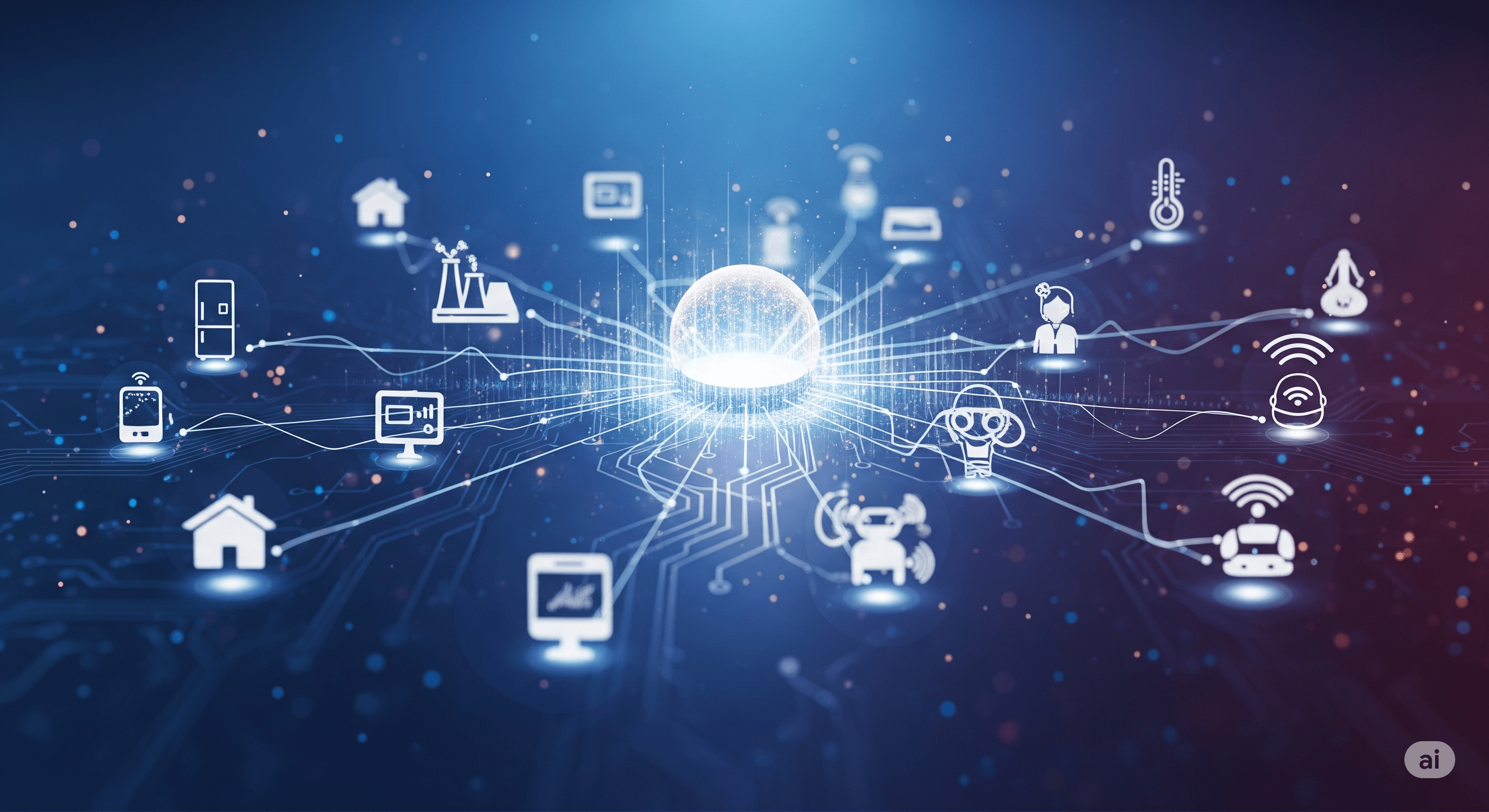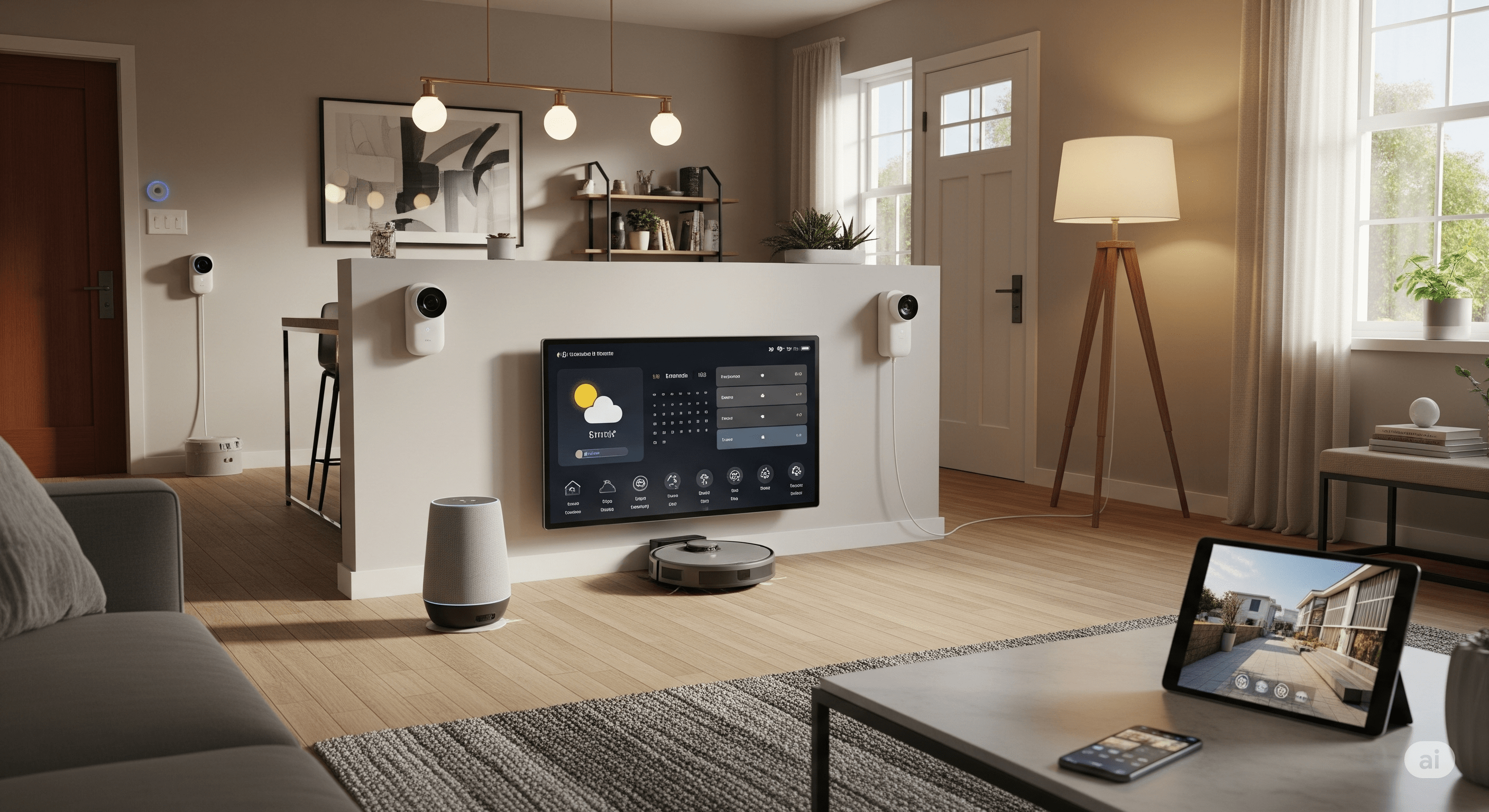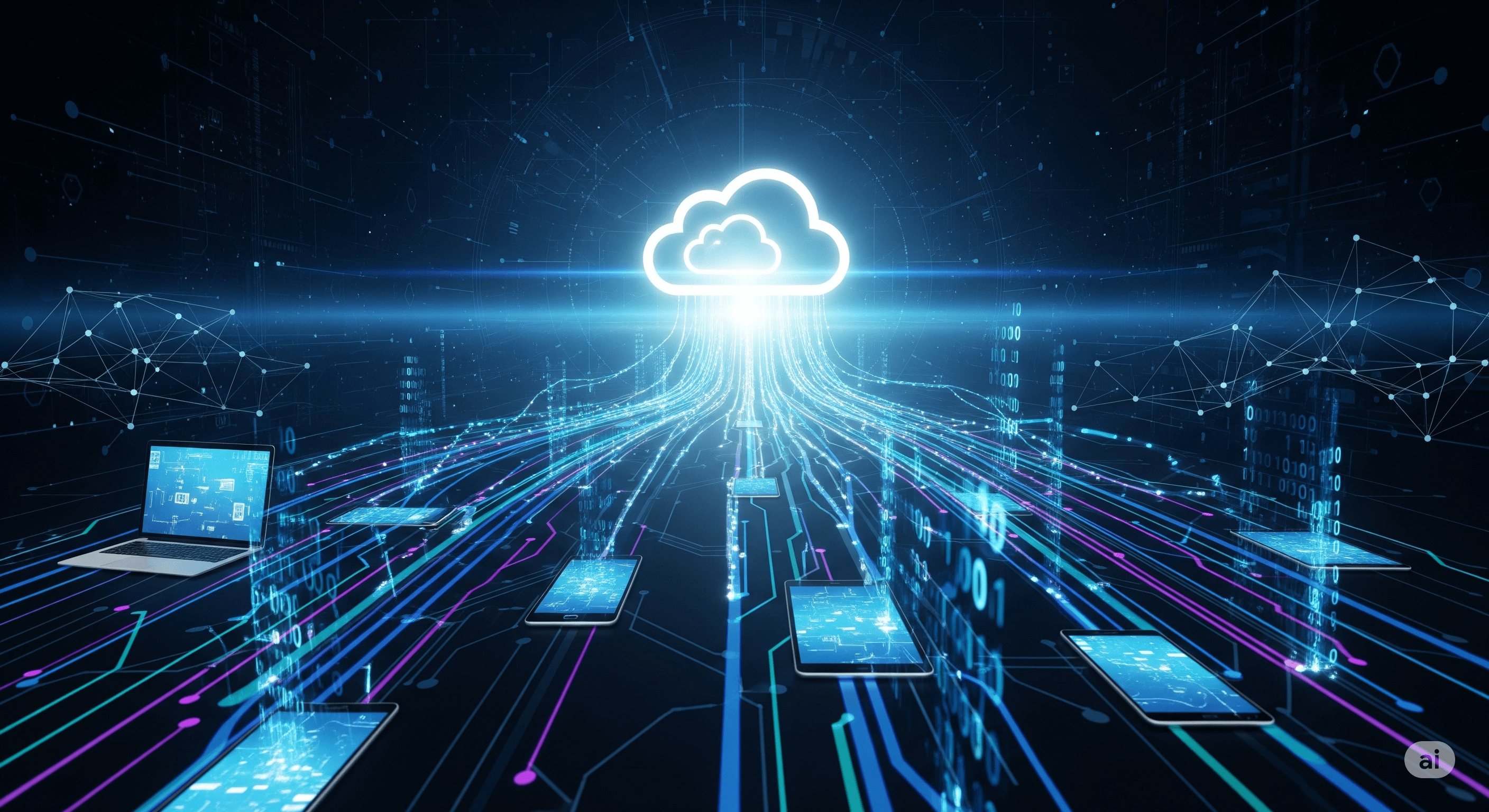What is the Internet of Things (IoT)?
May 2, 2024
The Internet of Things (IoT) refers to the vast network of physical objects—"things"—that are embedded with sensors, software, and other technologies for the purpose of connecting and exchanging data with other devices and systems over the internet.
These devices range from ordinary household objects to sophisticated industrial tools. The goal of IoT is to create a world where the digital and physical worlds are seamlessly integrated, enabling smarter, more efficient, and more responsive environments.
How Does IoT Work?
An IoT ecosystem consists of four main components:
-
Sensors/Devices: These are the "things" that collect data from their surrounding environment. This could be a temperature sensor, a camera, a GPS tracker, or a simple switch.
-
Connectivity: The data collected by the sensors is sent to a central system. This is typically done using wireless technologies like Wi-Fi, Bluetooth, Cellular (4G/5G), or specialized protocols like LoRaWAN and, most commonly, MQTT.
-
Data Processing: Once the data reaches the central system (often a cloud platform), it is processed. This can range from simple actions like checking if a temperature is within an acceptable range, to complex analysis using machine learning algorithms.
-
User Interface: This is how the processed information is presented to the user and how the user can interact with the system. This is where tools like the ioCtrlMQ dashboard come in. A user interface can be a mobile app, a website, or a specialized dashboard that displays alerts, shows data trends, and allows the user to send commands back to the devices.

Examples of IoT in Action
IoT is not just a futuristic concept; it's already a part of our daily lives and industries.
- Smart Home: Your smart thermostat learns your schedule to save energy, your smart speaker responds to your voice commands, and your doorbell sends a video feed to your phone. These devices are all part of a home IoT network.

-
Industrial IoT (IIoT): In a factory, sensors on machinery predict when maintenance is needed before a breakdown occurs. In agriculture, sensors monitor soil moisture to optimize irrigation and save water.
-
Smart Cities: Sensors manage traffic flow to reduce congestion, monitor air quality, and detect when public waste bins are full and need to be emptied.

The core principle is always the same: gather data from the physical world, process it to gain insights, and use those insights to trigger an action, either automatically or through user intervention via a dashboard.